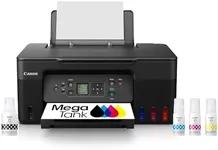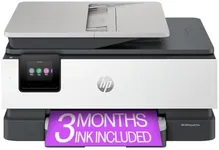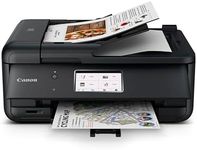Buying Guide for the Best Basic Wireless Printers
Choosing the right wireless printer can be a daunting task, but with the right knowledge, you can find the perfect fit for your needs. Wireless printers offer the convenience of printing from multiple devices without the need for physical connections. To make an informed decision, it's important to understand the key specifications and how they align with your requirements. Here are the essential specs to consider when selecting a basic wireless printer.Print Quality (DPI)Print quality is measured in DPI (dots per inch) and indicates how detailed and sharp the printed output will be. Higher DPI values mean better print quality. For general home use, a DPI of 600x600 is usually sufficient. If you need to print high-resolution photos or detailed graphics, look for printers with a DPI of 1200x1200 or higher. Consider your primary use case: for text documents, a lower DPI is adequate, but for images and graphics, opt for a higher DPI.
Print Speed (PPM)Print speed is measured in PPM (pages per minute) and indicates how quickly a printer can produce documents. Faster print speeds are beneficial if you need to print large volumes of documents regularly. Basic printers typically offer speeds of 10-20 PPM for black and white prints and 5-10 PPM for color prints. If you print occasionally, a lower PPM is acceptable, but for frequent printing, especially in a home office, a higher PPM will save you time.
Connectivity OptionsWireless printers can connect to your devices in various ways, including Wi-Fi, Bluetooth, and mobile printing apps. Wi-Fi is the most common and allows multiple devices to connect to the printer. Bluetooth is useful for direct printing from nearby devices. Mobile printing apps enable printing from smartphones and tablets. Consider which devices you will be printing from and ensure the printer supports those connectivity options.
Paper HandlingPaper handling refers to the types and sizes of paper a printer can accommodate, as well as the capacity of the paper tray. Basic printers usually handle standard letter and legal sizes, but if you need to print on envelopes, labels, or photo paper, check the printer's specifications. The paper tray capacity is also important; a larger capacity means less frequent refilling. For occasional printing, a smaller tray is fine, but for regular use, a larger tray is more convenient.
Ink or Toner CostsThe cost of ink or toner can add up over time, so it's important to consider the long-term expenses. Some printers use individual color cartridges, which can be more economical if you print a lot of color documents. Others use combined color cartridges, which can be more expensive to replace. Look for printers with high-yield cartridges if you print frequently, as they offer a lower cost per page. For infrequent printing, standard cartridges are usually sufficient.
Duplex PrintingDuplex printing allows a printer to print on both sides of the paper automatically. This feature is useful for saving paper and creating professional-looking documents. Not all basic printers have this feature, so if it's important to you, make sure to check for it. If you print a lot of double-sided documents, such as reports or booklets, a printer with duplex printing will be very beneficial. For occasional use, manual duplex printing (flipping the paper yourself) may be sufficient.
Ease of UseEase of use encompasses the setup process, user interface, and maintenance of the printer. Look for printers with straightforward setup instructions, intuitive control panels, and easy access to replace ink or toner. User reviews can provide insights into the ease of use. If you're not tech-savvy, prioritize printers known for their user-friendly design. For more tech-savvy users, advanced features and customization options might be more appealing.

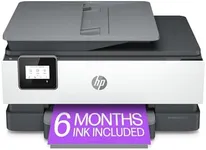

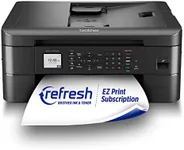

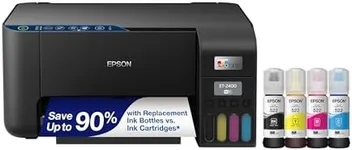

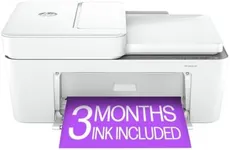
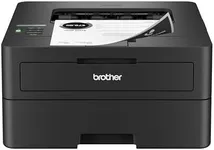



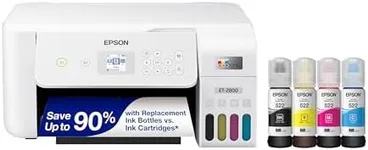
![Canon PIXMA TS6420a All-in-One Wireless Inkjet Printer [Print,Copy,Scan], Black, Works with Alexa](https://images-proxy.bestreviews.guide/cjKk-h1Fz8hBYDMNiYkvp-Hb1fc=/0x150/https://m.media-amazon.com/images/I/21-0hP0b2eL._AC_CX679_.jpg)
